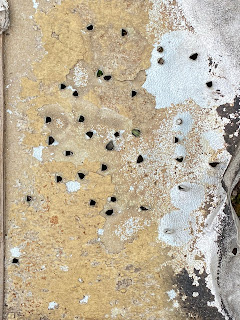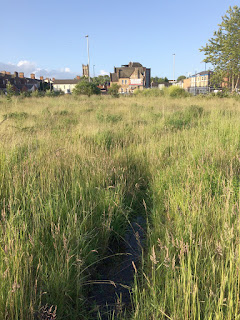COLLECTIVE TERRITORIES is the first of our new programme's projects, we are working with UK artist Danny Treacy on a residency and exhibition. A 2-part project exploring memory of space and the significance of space.
What makes a space special?
What makes a space personal?
What are the things that keep drawing us back to a space?
How do we see ourselves in a space?
And
What do we feel there?
What makes a space special?
What makes a space personal?
What are the things that keep drawing us back to a space?
How do we see ourselves in a space?
And
What do we feel there?
More details about the Collective Territories can be found HERE.

Terry Shave: Maps out territory via photography with an emphasis on form and texture, responds to places by picking up visual clues. Also engaged with the history of both the areas he explores and his familial relationship to being on the edge - an outsider.
Stephanie Howie (age 16): Her territory is a place to meet with friends, a sanctuary to escape from the pressures of everyday life. The space has recently been granted planning permission, so it will soon disappear.
Natalia Kasprzycka: She tends to and nurtures the various edible plants in her territory. At times harvesting them to cook with and make preserves.

Nicola Winstanley: Her territories are multifarious; informed by both a desire for space and solitude, formative experience and societal relationships to public places.
Melissa Compton: Her territory is an area of woodland that provides a space for peace. Her responses are a combination of still and moving imagery.
Tim Diggles: His territory is an 'edgeland', a space that is also connected to Stoke's rich industrial legacy. Contemporarily the site provides a space for exploration and reflection.
Claire Garner: Discovered her territory only recently, as a result of lockdown and has been exploring since. It's like "another world", a place of beauty and escape.
























